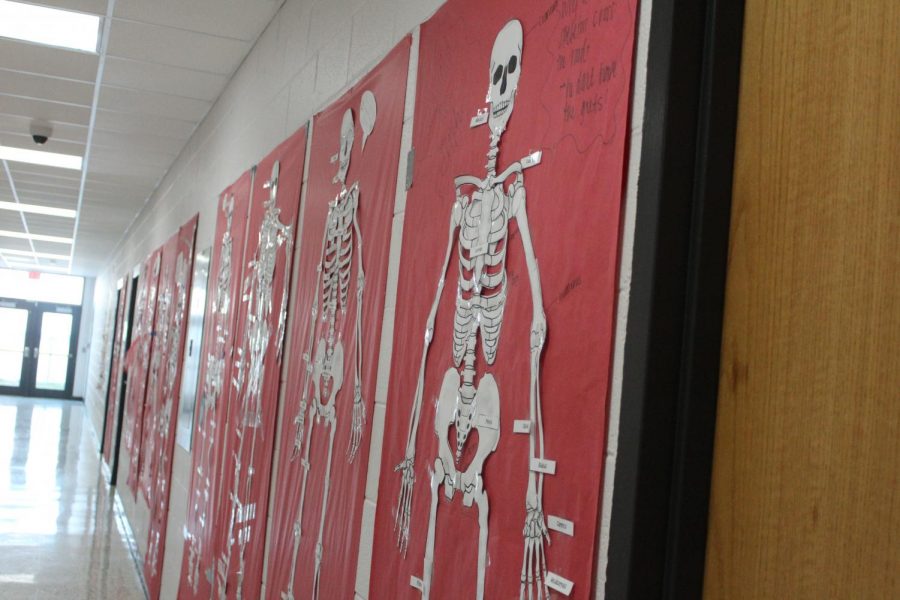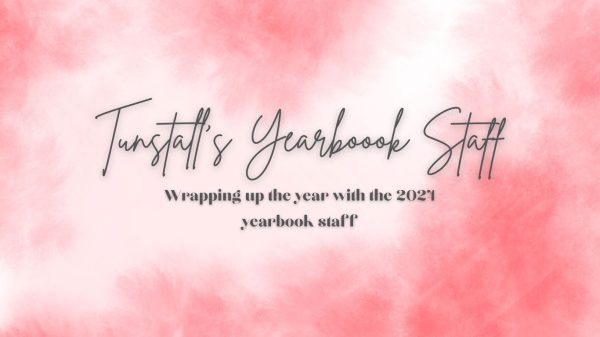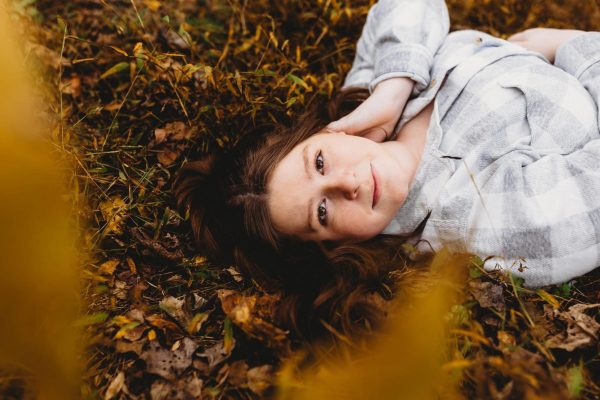Class projects project learning
Mrs. Elizabeth Kirby’s Anatomy class learned about human skeletons and skin cells by making physical representations that now hang in the hallway.
There are many different methods to make students retain information. Some of these methods include studying, in class review, Kahoot, and other review games. There have been many different projects and forms of review that require students to be more interactive with the material they are learning.
Mrs. Mills’ “Dress as a Historical Figure” Project
Mrs. Tara Mills has a unique method of helping students retain information about historical figures. As a project she gets students in her World History II class to dress up
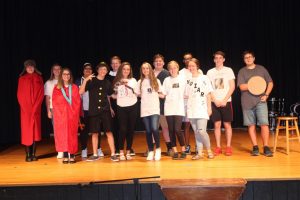
Sophomores in Mrs. Mills World History II class presenting their historical figures.
as a historical figure of their choice and present it to the class. She has been doing this project for over five years and it has been very effective. She thinks that if the students can remember who one another dressed up as, then they will be able to also remember the information.
Madison Edmunds, a sophomore in Mrs. Mills World History II class, thought the project was fun. She also thought that the project was a great way to learn, “ It helps to study because the costumes are all interesting.” Madison caught the eyes of many students for her costume, which featured her dressed up as a nickel to represent Thomas Jefferson.
Mrs. Kirby’s Life-Size Skeleton Cut Outs
Mrs. Elizabeth Kirby’s Anatomy class learned about human skeletons and skin cells by making physical representations. Students put together an accurate model of the human skeleton. Students said it helped them a lot, and most students worked in groups of 3 or 4. For the skin cell layer students had 2 to 3 weeks to create a model of a skin cell.
“I think that the project helped a lot because labelling the bones and putting them in place helped it stick,” said senior Freddie Arthurs.
Mrs. Ray’s Porosity and Permeability Testing
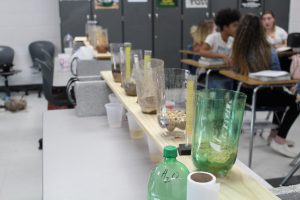
Mrs. Silvia Ray’s Earth Science Class tested for porosity (ability to hold water over time) and measured the outputs. The layers of the substance were sand, gravel, red clay, and topsoil. One station worked on permeability while the other tested porosity. The combination of all soil layers produced the clearest water by the end of the two day experiment. Pea gravel was the least permeable of the soil types.
“It took us about 45 minutes and the red clay had the most porosity,” said freshman Will McKinney.
Mrs. Harris’ Mock Trials
In Mrs. Kristal Harris’s class students held two mock trials to go along with their unit on Criminal and Civil Law, both a civil and a criminal case were provided. Students were given around a week and a half to work on their case and prepare for the trial. Both cases has a prosecution, defense, jury, and judge. In the criminal case Deputy Silvermen was the judge. Students prepared for court by making opening and closing statements, examining witness statements and coming up with questions for the stand.
“I had fun acting like I was a lawyer for a day, the trial was intense,” said junior Jacob Harris.
Your donation will support the student journalists of Tunstall High School. Your contribution will allow us to purchase equipment and cover our annual website hosting costs.
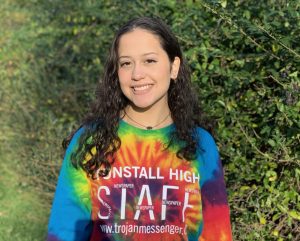
Daniella is a senior and this is her second and final year on the Trojan Messenger staff. She's planning on making the best out of her senior year despite...
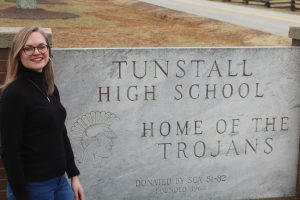
Julee Myers is a Tunstall High School senior in her third and final year on the Trojan Messenger's staff. She plans to major in English at Radford University...
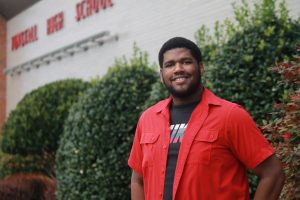
Ca'ron Murphy is a senior at THS. His interest in public opinion and current events drives his ambition in journalism. He likes watching movies, reading...



